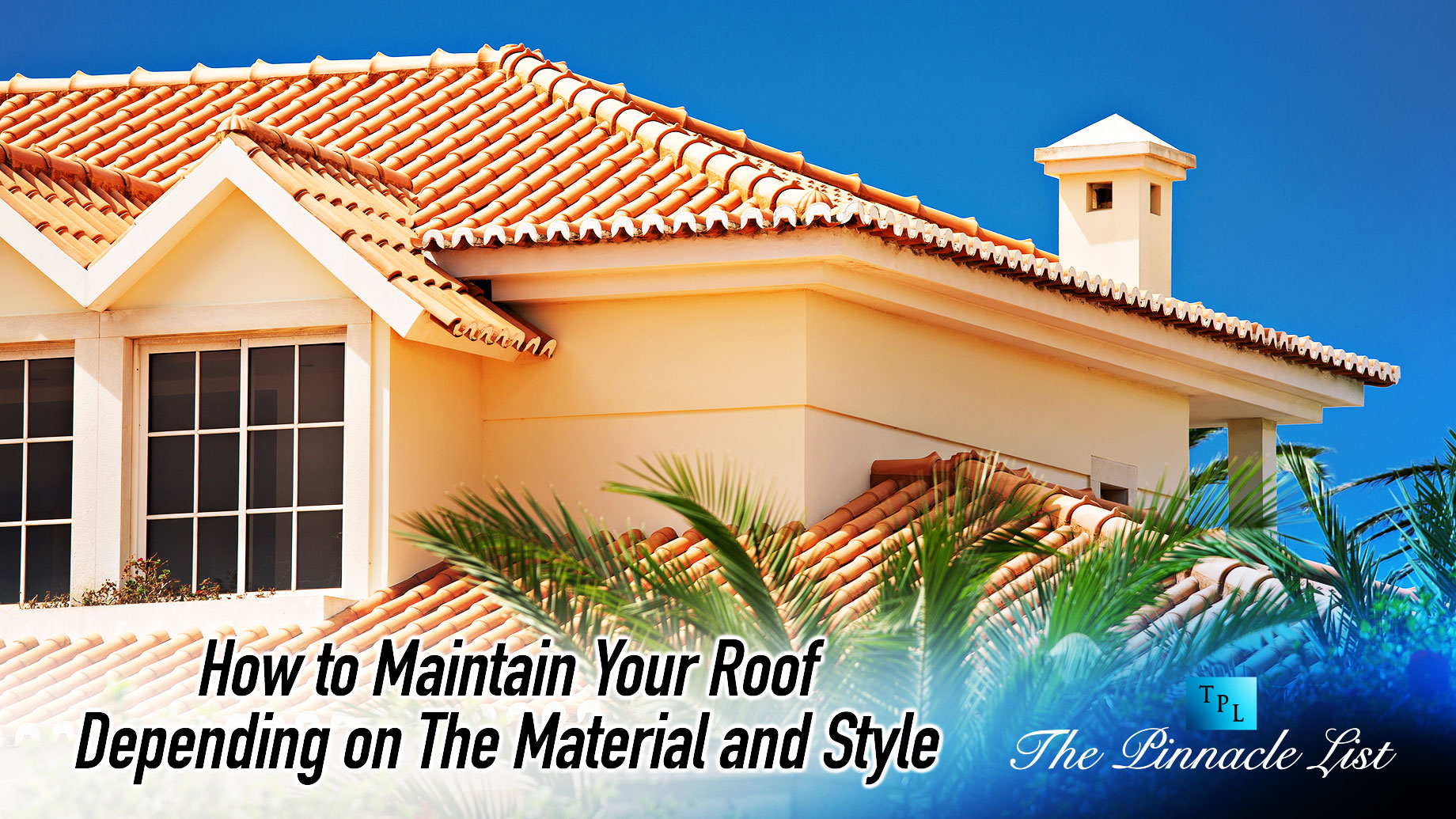
When it comes to roofing, choosing between flat roofs and sloped roofs is akin to selecting the perfect pair of shoes for your outfit—each option has its unique style and functionality. Are you leaning toward the modern, minimalist appeal of flat roofs, or are you captivated by the timeless charm of sloped roofs? The decision isn’t as straightforward as it may seem. In this article, we’ll dive into the world of roofing, exploring the pros, cons, and best practices associated with flat and sloped roofs, helping you make an informed choice for your home or business.
Best Practices for Roofing Material Selection
Choosing a suitable roofing material is a critical step in ensuring the longevity and performance of your roof. Whether you opt for a flat or sloped roof, consider the following roofing materials:
- Flat Roofs: Common materials include built-up roofing (BUR), single-ply membranes, and green roofs. Consult with roofing professionals to select the most suitable option for your needs.
- Sloped Roofs: Options range from asphalt shingles and metal roofing to clay or concrete tiles. Your choice should align with your budget, style, and climate considerations.
Maintenance and Repair Tips
Maintaining your roof is essential for its longevity. Here are some tips to keep in mind:
- Regular Inspections: Schedule routine inspections to detect and address issues early.
- Cleaning and Debris Removal: Keep your roof debris-free and ensure gutters are clear to prevent drainage problems.
- Professional Repairs: Consult experienced roofers to address issues promptly when issues arise.
Metal Roofing: A Durable Option
If durability and longevity are your top priorities, consider metal roofing. Metal roofs are known for their exceptional durability and resistance to harsh weather conditions. They can last for decades with minimal maintenance, making them a wise investment in the long run. Installing a metal roof is complicated, so work with a competent metal roofing company to ensure everything is done flawlessly.
Understanding Flat Roofs
Flat roofs, often characterized by their clean lines and simplicity, have gained popularity for various reasons. They are cost-effective, making them an attractive choice for budget-conscious individuals. Moreover, flat roofs offer the potential for additional rooftop space utilization, which can be transformed into gardens, patios, or even solar panel installations, enhancing their appeal in eco-conscious circles. Additionally, their energy efficiency merits attention, as they can be effectively insulated.
Understanding Sloped Roofs
Sloped roofs, on the other hand, offer a classic and timeless aesthetic appeal. They come in various styles, including gable, hip, and mansard roofs, allowing homeowners to choose a design that suits their architectural preferences. Sloped roofs are particularly adept at water drainage, thanks to their inherent design, making them a reliable choice in regions with heavy rainfall or snowfall. Furthermore, their longevity is a notable advantage, as sloped roofs last longer than their flat counterparts.
Factors to Consider When Choosing Roof Type
Now that we’ve explored the pros and cons of flat and sloped roofs, we must delve into the factors that should influence your decision-making process. Your choice should be tailored to your specific circumstances, so consider the following:
- Climate and Weather Conditions: Take into account the weather patterns in your region. Flat roofs may not be suitable in areas with heavy rainfall or snowfall, whereas sloped roofs excel in these conditions.
- Budget and Cost Considerations: Determine your budget for roofing. While flat roofs are generally more budget-friendly upfront, sloped roofs may offer better long-term value due to their durability.
- Aesthetic Preferences and Architectural Style: Consider your personal style and the architectural aesthetics of your property. Sloped roofs often complement traditional and classic designs, while flat roofs align better with modern, minimalist architecture.
- Long-Term Maintenance and Repair Costs: Assess your willingness to invest in maintenance and potential repairs. Flat roofs require regular attention, while sloped roofs are generally lower maintenance.
- Environmental Impact and Sustainability: If environmental concerns are a priority, investigate sustainable roofing options and their impact on your carbon footprint.
Pros and Cons Comparison
To help you make a more informed decision, let’s summarize the key differences between flat and sloped roofs:
Flat Roofs
Pros:
- Cost-effective
- Rooftop space utilization
- Energy-efficient
Cons:
- Drainage issues
- Maintenance-intensive
- Shorter lifespan
Sloped Roofs
Pros:
- Effective water drainage
- Aesthetic appeal
- Longer lifespan
Cons:
- Higher initial cost
- Limited usable space
- Maintenance challenges
Conclusion
So, as you stand at the crossroads of choosing between flat and sloped roofs, remember there’s no one-size-fits-all answer. The decision should align with your specific needs, preferences, and budget. Are you drawn to the simplicity and cost-effectiveness of flat roofs, or do you find solace in the classic elegance of sloped roofs? It’s a choice that should reflect your unique circumstances.
In closing, we leave you with a question: Which roof type resonates with you, and how will it enhance your home or building? Your answer holds the key to a roof that protects and complements your lifestyle.